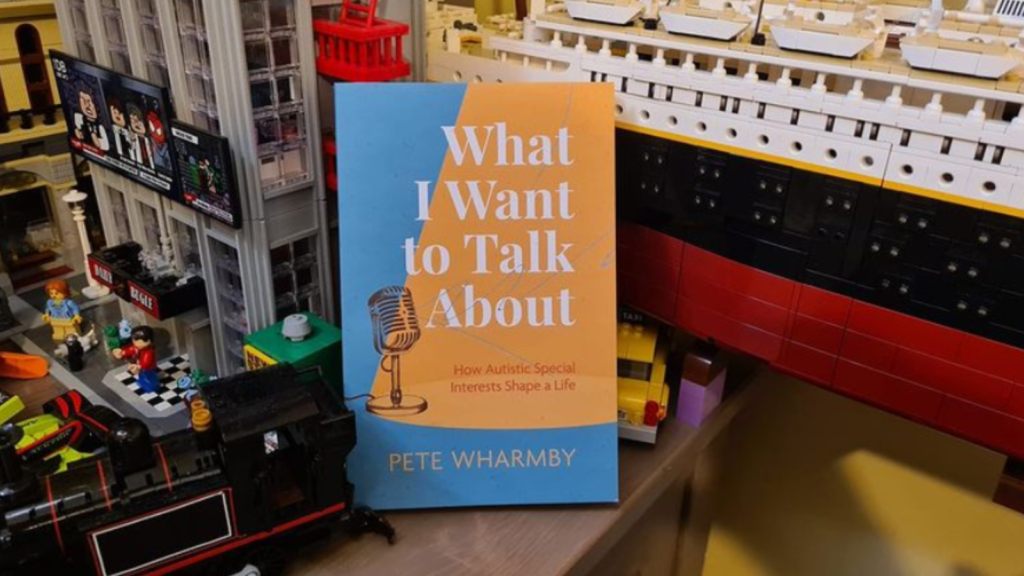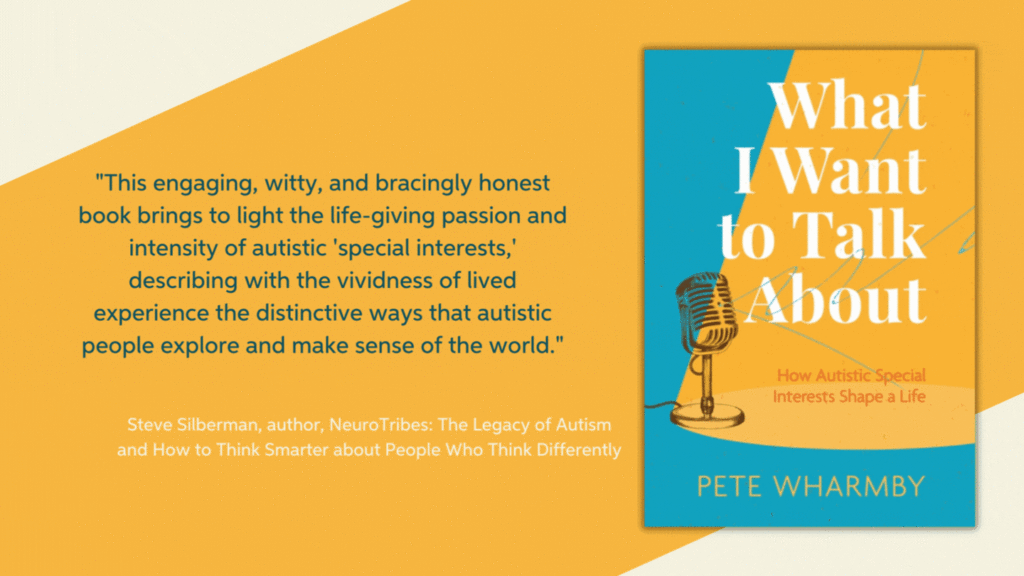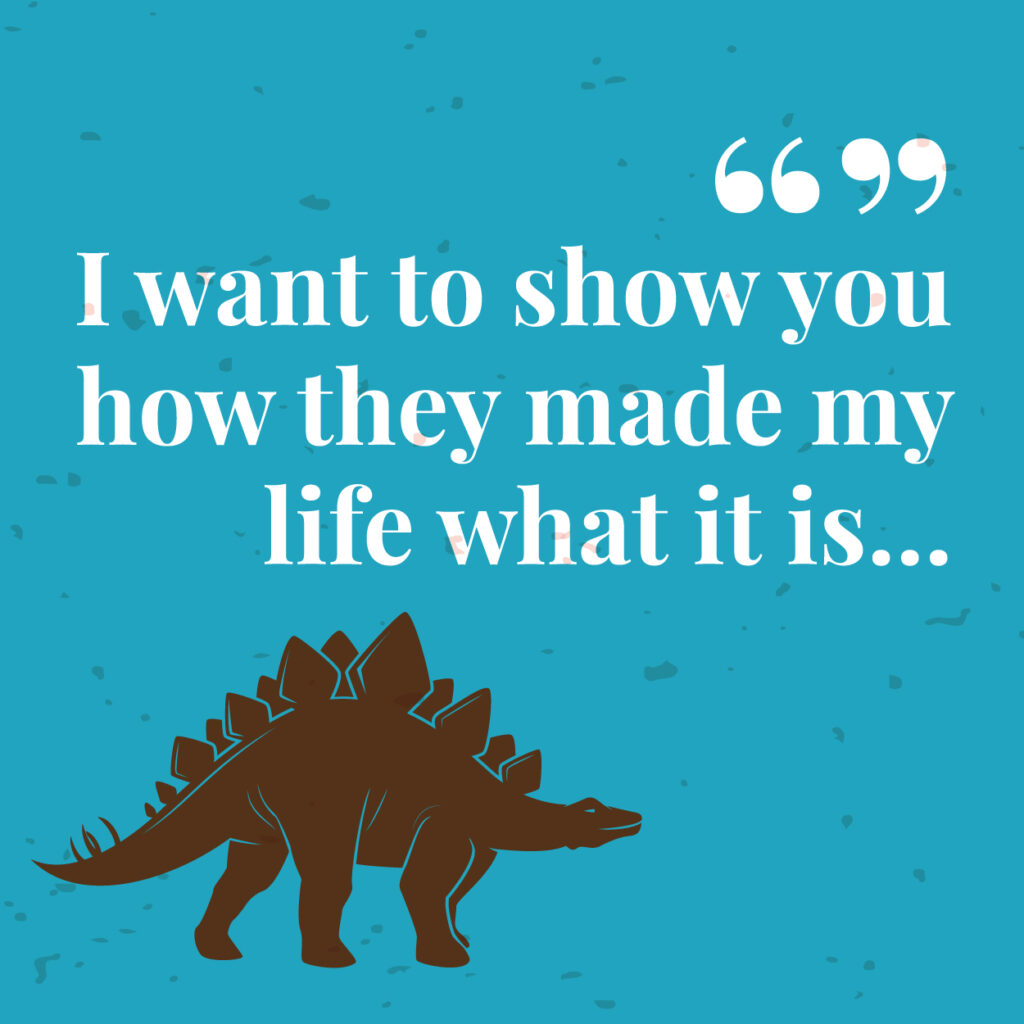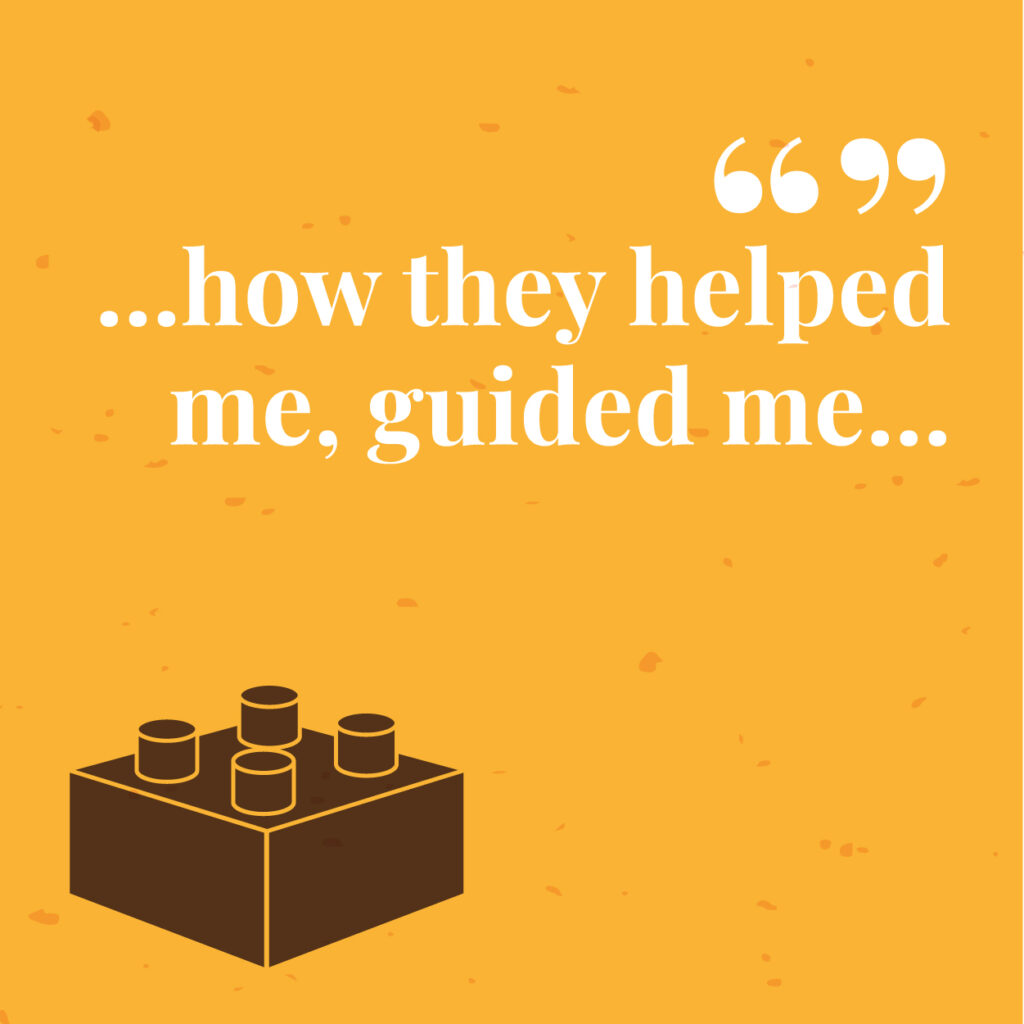
In this blog, popular autism advocate, Pete Wharmby tells us all about how his wonderfully insightful book, What I Want to Talk About, came to be. He reflects on battling his initial self-doubt, the fulfilment he found as he began to write about the magic of special interests, and what he hopes readers will take away from it.
Being asked to write a book was a very strange moment. I had wanted to be a writer for as long as I can remember, but much like with winning the lottery or finding a crisp shaped exactly like one’s own head, I never expected it to happen. It was a pipe dream, an ideal never to be realised.
So when JKP approached me to write for them I had to pinch myself. At first, I assumed they had contacted the wrong person, and that there was a Pete Warmley or something doing great work somewhere in the autistic community. But no, they really wanted me to add my thoughts about autism to their vast catalogue of the literature of neurodiversity. I was honoured, and very pleased to agree, but had no idea what I was to actually write about.
“The importance of autistic special interests – so treasured and vital to every one of us neurodivergent folks – will hopefully be made clearer to neurotypical people, so they can understand our passions and obsessions, our hobbies and hyperfixations, and celebrate them just like we do”
Up until this point, my writing on the subject of autism had been limited to a few blogs and many, many long Twitter ‘threads’ where I sought to explain various aspects of the autistic experience. These proved popular, and people enjoyed reading my thoughts about why autistic people liked trains and Pokémon, why autistic holidays were so stressful and why executive dysfunction was a life-ruining issue.
Yet here I was now wondering how to transform these very short, snappy pieces into something much longer, more substantial. This felt like an insurmountable challenge, especially given that the threads and blog posts reflected my concentration span – as someone who is ADHD, I struggle to focus long enough to write anything more thorough or in-depth. But an idea was landed on that would help mitigate these issues: writing about my special interests.
After all, my special interests – those hyperfixations on certain topics, from video games to dancing, that most autistic people have to a greater or lesser degree – had always allowed me to focus beyond my normal limits, so perhaps writing about them would give me the concentration needed to push past the 250-or-so words I would ordinarily be working with. I could go into great detail about my favourite things in life, and how they shaped me. Perhaps I could manage to fill a book! This felt like a good idea.
And so it proved. I loved explaining how these obsessions of mine had impacted my life, and how they also exemplified certain aspects of the autistic experience. I wrote about how LEGO gave me a way to harness my creative and destructive tendencies; how playing live music had given me an easy way to sidestep social occasions that I would normally find excruciating, by allowing me to hide behind my guitar and microphone; and how the story of the Titanic fires off my autistic hyper-empathy.
The book took shape slowly. I wrote it in tiny segments, fighting against my ADHD, doing perhaps a page or two every night. It was written on my phone, in those brief moments where I could rest and focus after a long day home-schooling the child, typed with a single thumb (I am no good at typing with multiple fingers on tiny smartphone keyboards!) which got sore from the amount of tap-tapping it was doing. It took months to complete.

And here we are, a year or so later, and publication date is around the corner. The edits are complete, cover designed, and friends have offered their warm and lovely reviews. Those many frustrating nights, trying to corral my attention for more than ten minutes on the task in hand, have come to fruition and an actual physical book, that I have written, exists. I have a copy right here, and I find myself looking at it often, much like a person looks at their firstborn in their crib at night. It is a very good feeling, completing a huge task like this. As someone who struggles to remember to finish a crossword puzzle, it is a big achievement.
I hope it will be a useful book. I tried to pour as much of my experience of autism into it as I could, and I think it may help people understand both themselves and other people in their lives. The importance of autistic special interests – so treasured and vital to every one of us neurodivergent folks – will hopefully be made clearer to neurotypical people, so they can understand our passions and obsessions, our hobbies and hyperfixations, and celebrate them just like we do.
Pete Wharmby’s book, What I Want to Talk About: How Autistic Special Interests Shape a Life, is available to pre-order now.
If you liked this article, why not join our mailing list to receive exclusive content and discounts? Sign up to the mailing list here.


